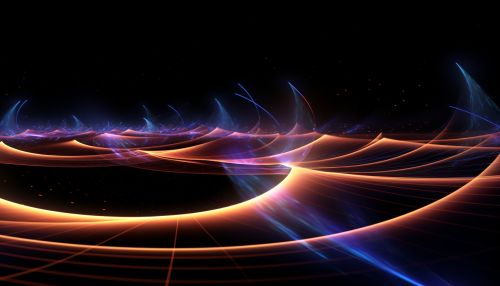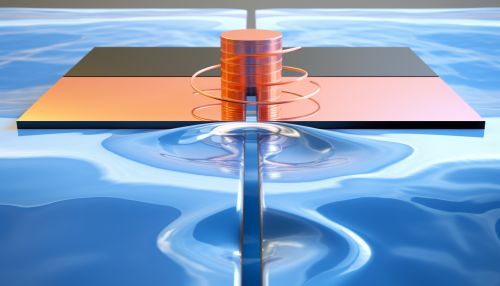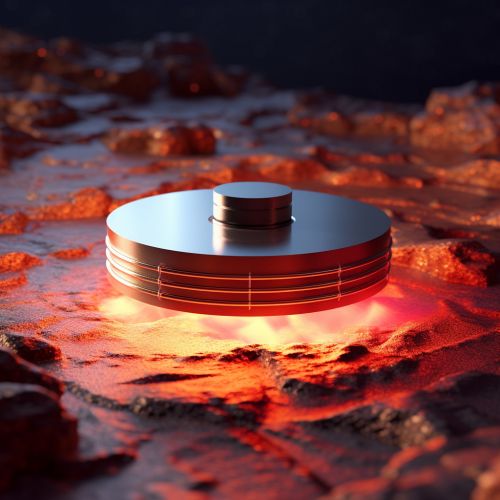The Physics of Quantum Superconductivity
Introduction
Quantum superconductivity is a phenomenon that occurs in certain materials, where electrical resistance disappears and magnetic flux fields are expelled. This state of matter is achieved at very low temperatures, close to absolute zero, and is a direct result of the principles of quantum mechanics.


Quantum Mechanics and Superconductivity
Quantum mechanics is a fundamental theory in physics that describes the physical properties of nature at small scales, of the order of atoms and subatomic particles. It introduces concepts such as quantization of energy, wave-particle duality and the uncertainty principle, all of which play a crucial role in the understanding of superconductivity.
Superconductivity, on the other hand, is a quantum mechanical phenomenon where a material can conduct electric current without resistance. This phenomenon was first discovered in 1911 by Heike Kamerlingh Onnes, who observed that the resistance of mercury dropped suddenly to zero at a temperature of 4.2 Kelvin.


The BCS Theory
The theory of superconductivity was developed by John Bardeen, Leon Cooper, and John Robert Schrieffer, collectively known as BCS. The BCS theory explains how electrons in a superconductor can form pairs, called Cooper pairs, and move through the lattice structure of the material without scattering off impurities and lattice vibrations, which would normally cause electrical resistance.


Quantum Tunneling in Superconductors
One of the most fascinating aspects of quantum superconductivity is the phenomenon of quantum tunneling. This is a quantum mechanical effect where particles can pass through potential barriers that they would not have enough energy to surmount in classical physics. In the context of superconductivity, this allows for the Josephson effect, where a current can flow between two superconductors separated by a thin layer of insulating material.


High-Temperature Superconductors
While most superconductors need to be cooled to extremely low temperatures to exhibit superconductivity, there are certain materials known as high-temperature superconductors that can achieve this state at comparatively higher temperatures. The discovery of high-temperature superconductors has opened up new possibilities for practical applications of superconductivity.


Applications of Quantum Superconductivity
Quantum superconductivity has a wide range of applications, from power transmission and magnetic resonance imaging (MRI) to quantum computing. The zero electrical resistance of superconductors can be used to create highly efficient power lines, while their ability to generate strong magnetic fields can be utilized in MRI machines. Moreover, the quantum mechanical properties of superconductors are being explored for use in quantum computers.


